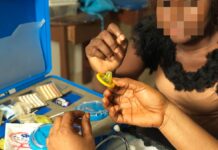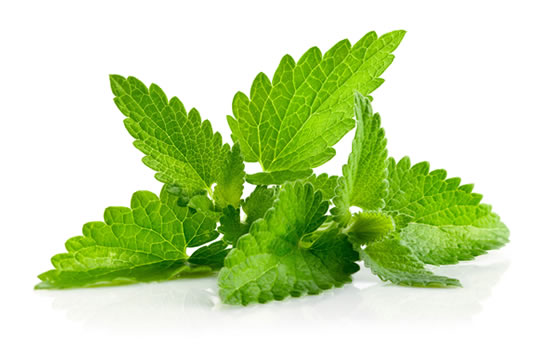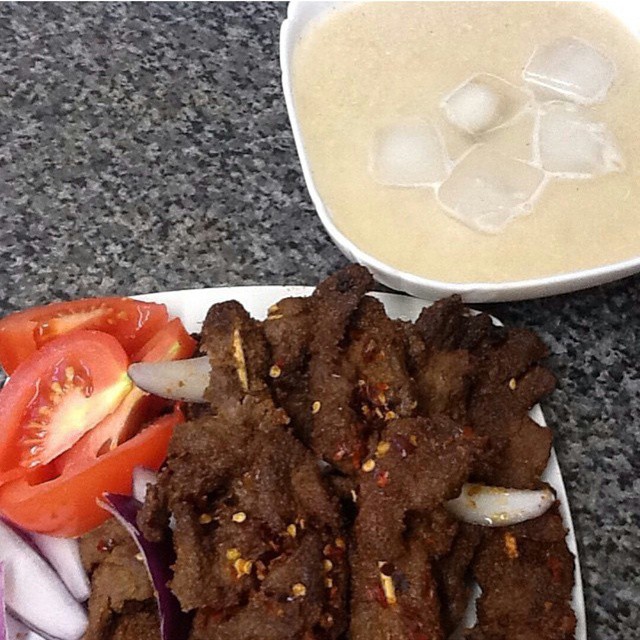Breastfeeding is one of the most effective ways to ensure a child’s health and survival. It is also an experience many women look forward during pregnancy. This is because it fosters the bond between a mother and her child. However, several questions surround the practice of breastfeeding: “How long? How painful? What exactly is the right way to breastfeed?” Today, we bring answers to all your questions about breastfeeding explained in detail by Dr Oyebanji.
Note: This Interview is in parts and the second part will be available on our website shortly, where we have answered more questions surrounding breastfeeding.
Healthfacts: What causes the inability of some women to produce milk after giving birth?
Dr Oyebanji: This is usually noticed among women that had severe post-partum hemorrhage. By this, I mean excessive bleeding after birth which could have even taken the life of the mother but was averted through intervention. This is because of low blood levels and low perfusion of the organs that happened at that time. It could affect where hormones are being produced which may also affect breastmilk production in such women. It’s not common but it can happen in some women. In others, it’s usually because of some drugs they were taking that can prevent them from producing breastmilk after giving birth.
Is Breastfeeding Painful?
Breastfeeding is meant to be enjoyed and is not painful. Though, few women may experience pain and that may be because they have not been taught how to ensure the baby is properly latched to the breast. The child that only sucks the nipple part of the breast may make a woman experience a lot of pain. If a child is properly latched, the woman will not experience any pain as such. It is actually a very joyful and satisfying experience.
How do you properly latch a child to the breast?
The woman should put the baby to the breast with the hand on the side of the breast the baby is about to feed from. Also, the mother should support that breast with the other hand while putting the thumb and the index finger on top of the breast. The other fingers should be under the breast to support the breast.
After this, the mother should stroke the nipple towards the cheek of the child thereby making the child turn their mouth towards the nipple. That is called rooting reflex. By that, the child can suck in the entire nipple and the areola part (dark part above the nipple) of the breast. For a child to be properly latched, they must take about 4-6cm of the areola of the breast. The child’s lower lips should also be compressed against the areola or the nipple.
How can cracked nipples be treated?
Breastfeeding is not meant to be painful but for few women, it can be very painful. A woman can suffer cracked nipples or engorged breasts due to the improper latching of the infant. This needs to be treated immediately as it can worsen to mastitis and even abscess in the breast
If the nipple is cracked, breastfeeding does not have to be stopped. All that is needed is that; after a session of breastfeeding, lanolin cream or olive oil or Vaseline should be rubbed on the tip of the breast. Also, the breast should be allowed to air dry. Wearing tight or nylon bra is not advisable, but cotton bra can be worn. Free air flow is essential, and the woman can even do without wearing a bra.
Is it possible to produce too little milk to feed one’s baby adequately?
The mechanics of breast milk production in a lactating mother is that the more the demand, the more the supply. The more the child suckles, the most the breast milk that will be secreted. I’ve heard women complain that this breast milk is not enough to satisfy my baby. This reason might be two parts for more demanding babies and women that are not able to produce enough milk to feed their babies adequately. The nutritional status of the mother might also be a factor because the woman has to be adequately nourished to provide enough milk to satisfy the baby.
What are the benefits of breastfeeding?
The benefits of breastfeeding will be considered at individual level, family level and the societal. by individual level, I mean the mother and the infant that is suckling. For the infant, breastfeeding has been the age long known source of nutrient and nourishment. This is what is sufficient for the newborn to thrive on and gain adequate weight and increment in length until they can grow enough to take other food. Breastmilk also contains essential antibodies that protect the child against childhood killer diseases such as diarrhea. According to research, breastfed babies have higher intelligence and cognitive abilities.
Benefits of breastfeeding to the mother
The benefit of breastfeeding to the mother is that it allows her to give enough spacing for childbirth naturally. This is because the practice of exclusive breastfeeding itself prevents ovulation. It also has other health benefits for the mother as it prevents ovarian and breast cancer.
Diabetic mothers on insulin also tend to require lesser doses of insulin as compared to non-nursing diabetic mothers. Breastfeeding also fosters mother and child bonding and gives a mother psychological relief and a sense of fulfilment.
Benefits of breastfeeding to the family
Breastfeeding saves the family of healthcare costs and burden that would have been needed to treat the child of diseases such as diarrhea and other infections. It also saves the costs that would have been spent on infant formula. This helps the family to be both healthy and wealthy. Fathers derive a sense of relief and psychological balance when their wife is able to breastfeed their babies.
Thank you so much Dr Oyebanji for these answers!
You can drop more questions in the comment section that have not yet been answered. We will ensure to provide you with answers.










Your article helped me a lot, is there any more related content? Thanks!
side effects of ivermectin in humans ivermectin tablets dosage